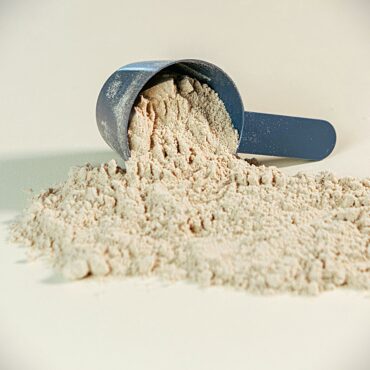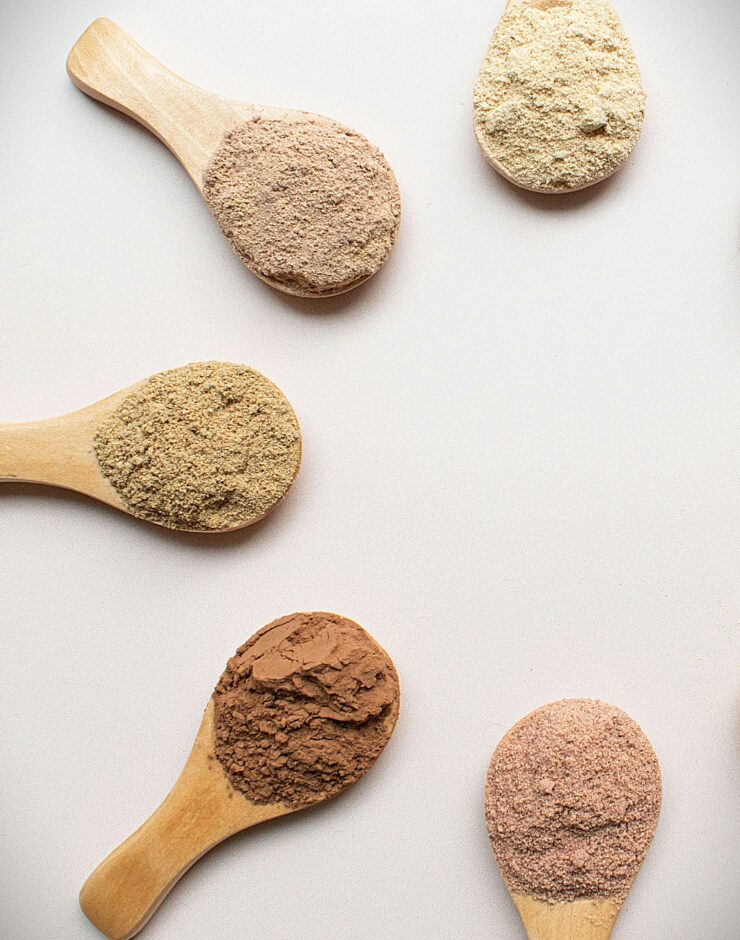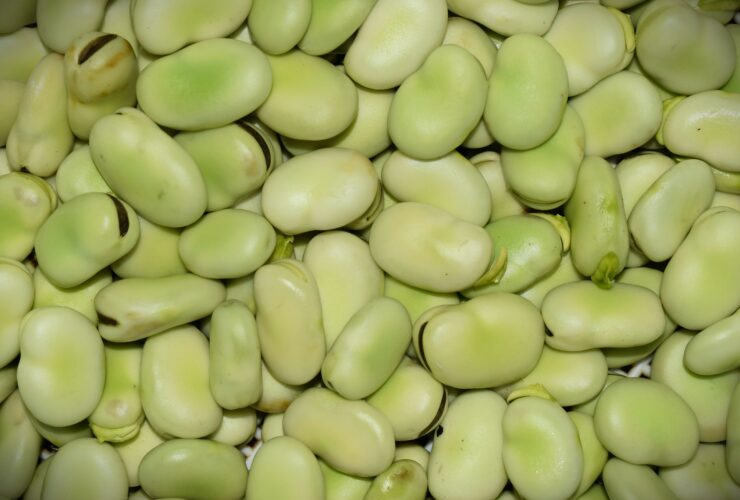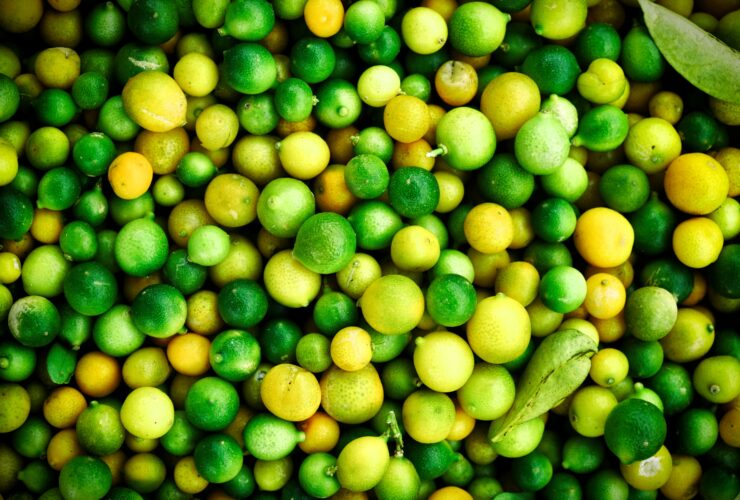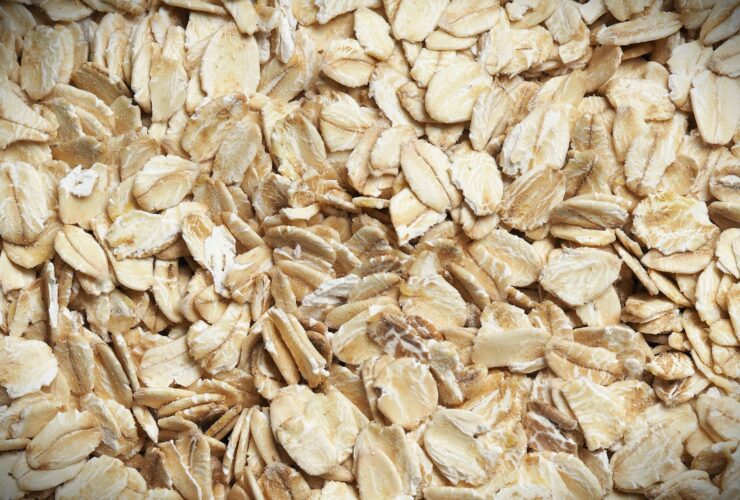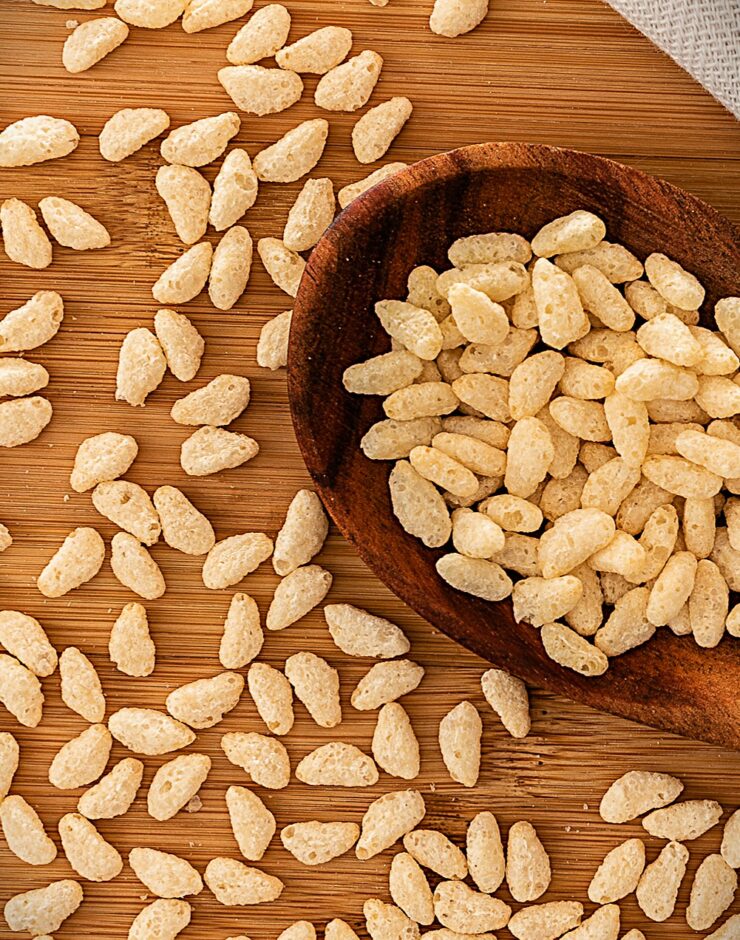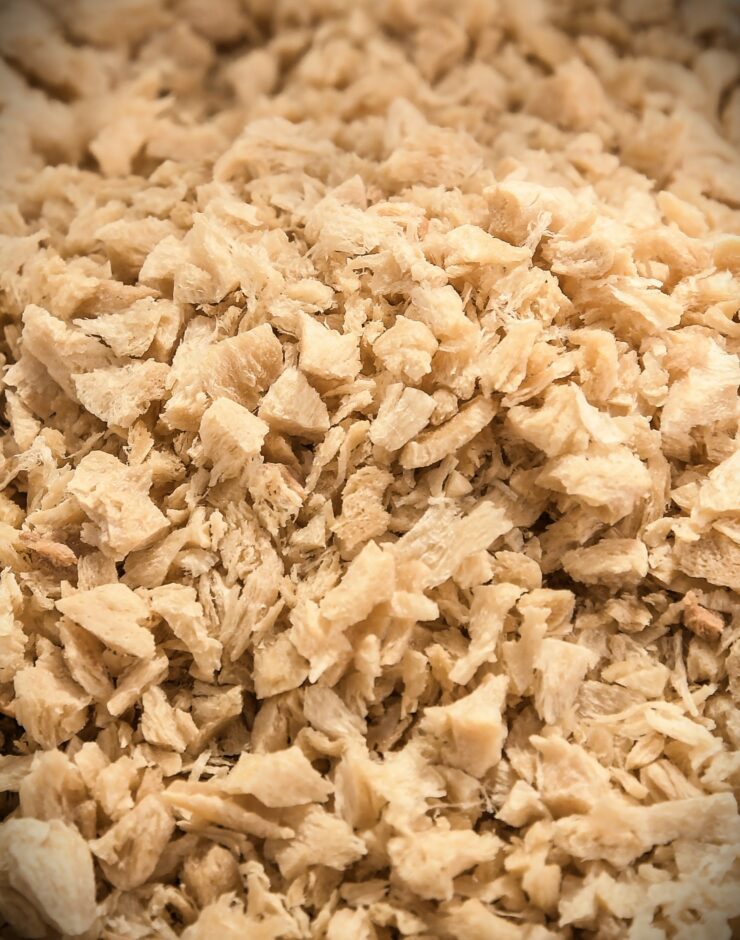What are Proteins?
Proteins are one of the essential macronutrients our body needs to function properly. Macronutrients, often referred to as “macros”, include proteins, fats, and carbohydrates. These nutrients are vital as they supply the body with the energy it requires for daily activities and essential bodily functions. Protein, specifically, supports the immune system and maintains healthy muscles and bones.
Proteins are composed of amino acids, which are released when we digest protein-rich foods or drinks. The body then uses these amino acids to create the specific functional proteins it needs but it may also use these to create energy.
How much protein do you need in your diet? (as per UK government guidelines, as of August 2016)
|

